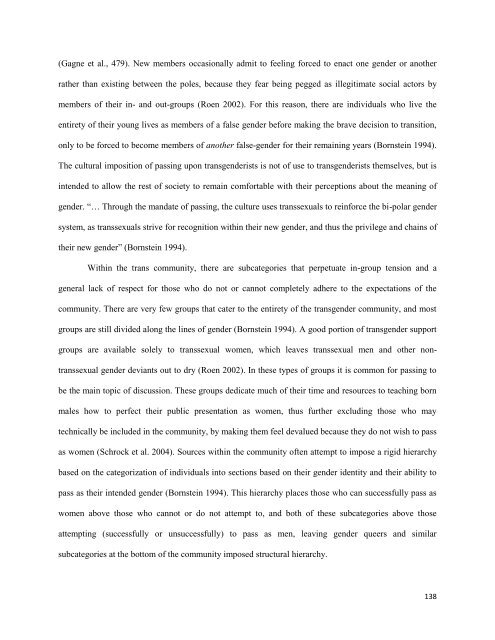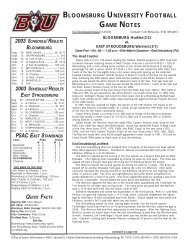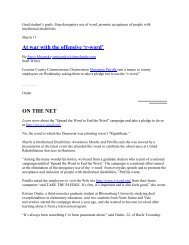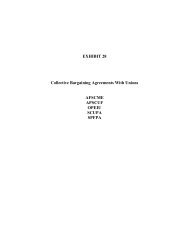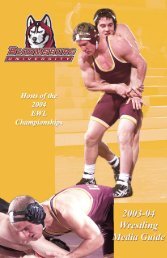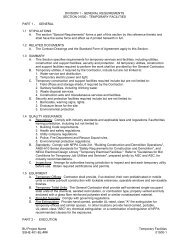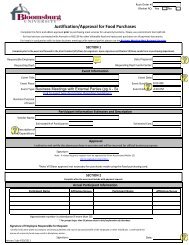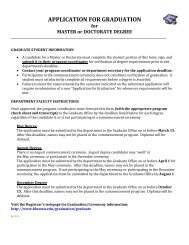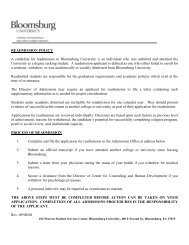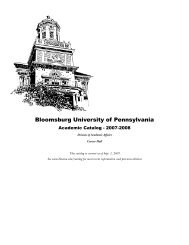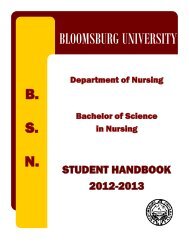Human Rights at Home and Abroad: Past, Present, and Future
Human Rights at Home and Abroad: Past, Present, and Future
Human Rights at Home and Abroad: Past, Present, and Future
Create successful ePaper yourself
Turn your PDF publications into a flip-book with our unique Google optimized e-Paper software.
(Gagne et al., 479). New members occasionally admit to feeling forced to enact one gender or another<br />
r<strong>at</strong>her than existing between the poles, because they fear being pegged as illegitim<strong>at</strong>e social actors by<br />
members of their in- <strong>and</strong> out-groups (Roen 2002). For this reason, there are individuals who live the<br />
entirety of their young lives as members of a false gender before making the brave decision to transition,<br />
only to be forced to become members of another false-gender for their remaining years (Bornstein 1994).<br />
The cultural imposition of passing upon transgenderists is not of use to transgenderists themselves, but is<br />
intended to allow the rest of society to remain comfortable with their perceptions about the meaning of<br />
gender. ―… Through the m<strong>and</strong><strong>at</strong>e of passing, the culture uses transsexuals to reinforce the bi-polar gender<br />
system, as transsexuals strive for recognition within their new gender, <strong>and</strong> thus the privilege <strong>and</strong> chains of<br />
their new gender‖ (Bornstein 1994).<br />
Within the trans community, there are subc<strong>at</strong>egories th<strong>at</strong> perpetu<strong>at</strong>e in-group tension <strong>and</strong> a<br />
general lack of respect for those who do not or cannot completely adhere to the expect<strong>at</strong>ions of the<br />
community. There are very few groups th<strong>at</strong> c<strong>at</strong>er to the entirety of the transgender community, <strong>and</strong> most<br />
groups are still divided along the lines of gender (Bornstein 1994). A good portion of transgender support<br />
groups are available solely to transsexual women, which leaves transsexual men <strong>and</strong> other non-<br />
transsexual gender deviants out to dry (Roen 2002). In these types of groups it is common for passing to<br />
be the main topic of discussion. These groups dedic<strong>at</strong>e much of their time <strong>and</strong> resources to teaching born<br />
males how to perfect their public present<strong>at</strong>ion as women, thus further excluding those who may<br />
technically be included in the community, by making them feel devalued because they do not wish to pass<br />
as women (Schrock et al. 2004). Sources within the community often <strong>at</strong>tempt to impose a rigid hierarchy<br />
based on the c<strong>at</strong>egoriz<strong>at</strong>ion of individuals into sections based on their gender identity <strong>and</strong> their ability to<br />
pass as their intended gender (Bornstein 1994). This hierarchy places those who can successfully pass as<br />
women above those who cannot or do not <strong>at</strong>tempt to, <strong>and</strong> both of these subc<strong>at</strong>egories above those<br />
<strong>at</strong>tempting (successfully or unsuccessfully) to pass as men, leaving gender queers <strong>and</strong> similar<br />
subc<strong>at</strong>egories <strong>at</strong> the bottom of the community imposed structural hierarchy.<br />
138


